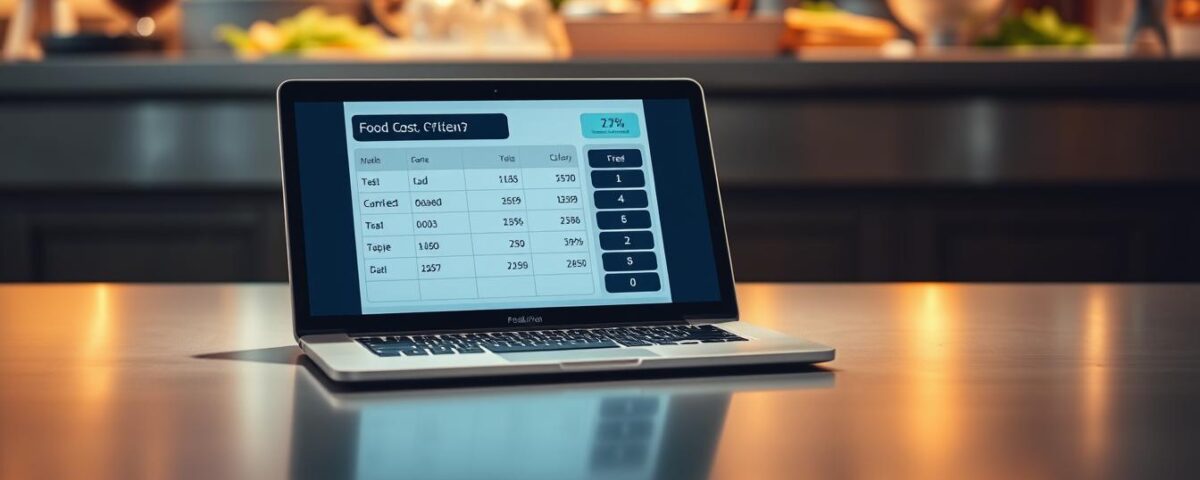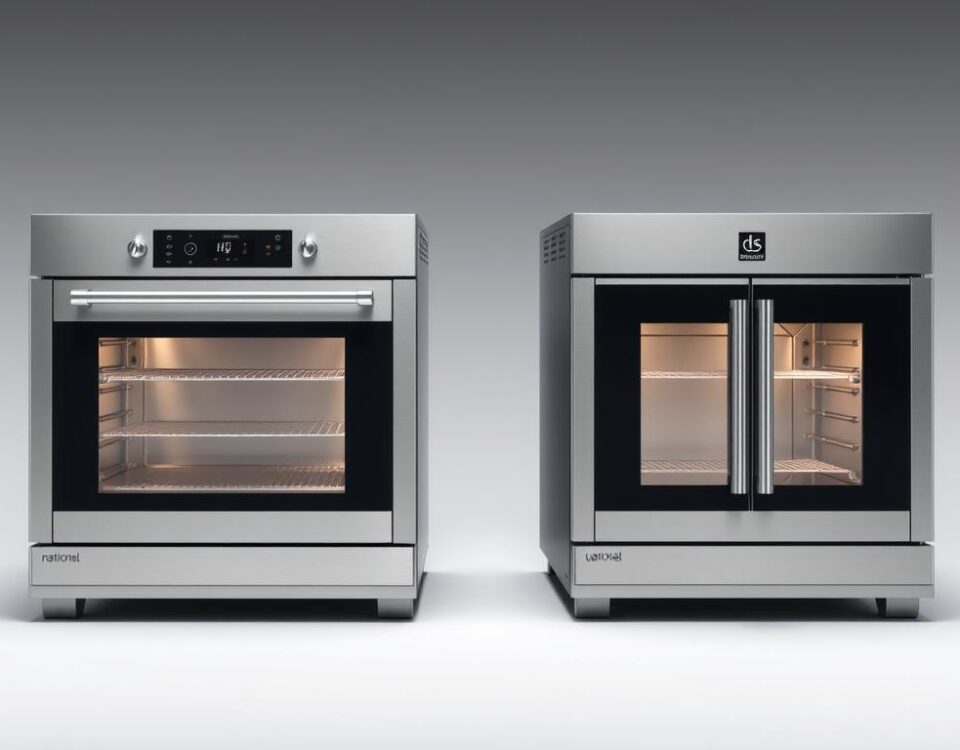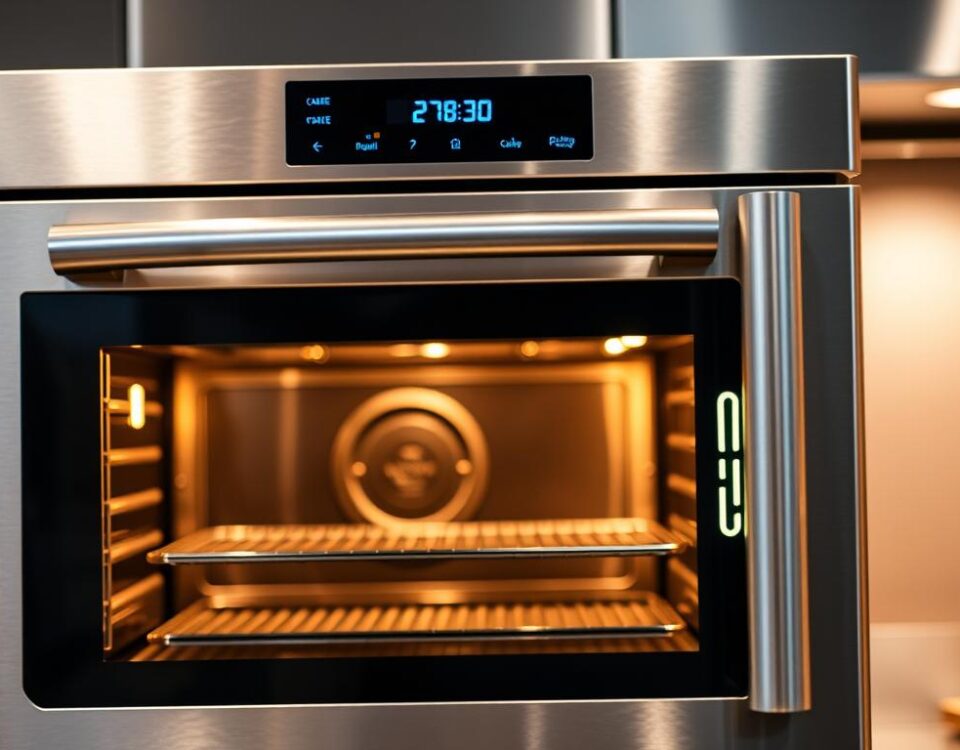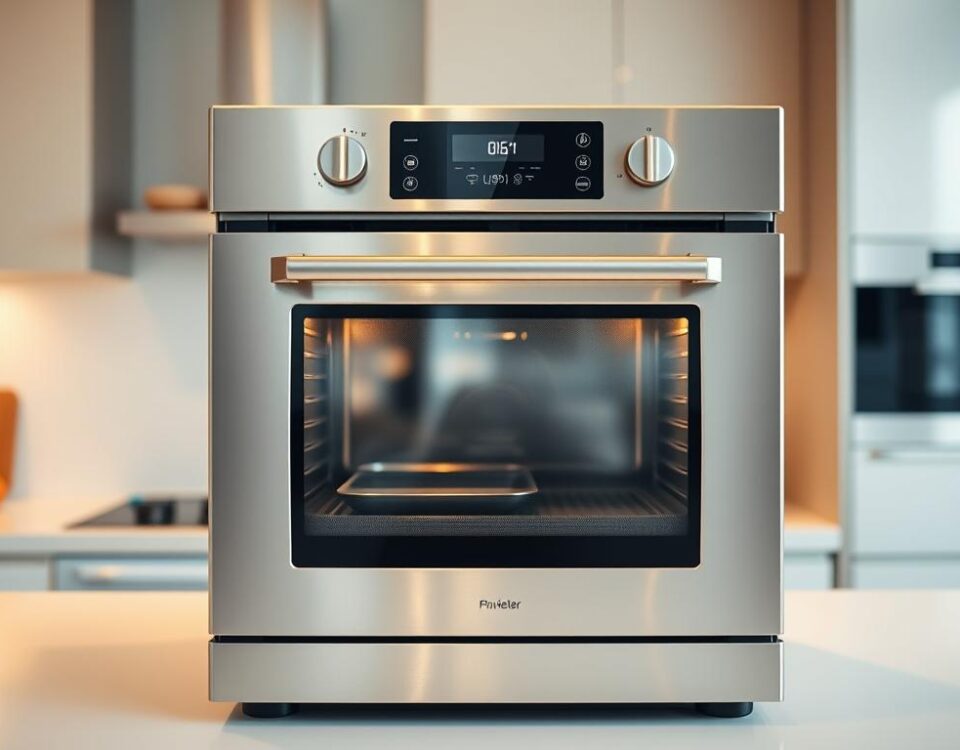
Robot Servers vs Human Staff: Why a Hybrid Model May Win
August 8, 2025
Case Study: How We Boosted Restaurant Sales 30% with Online Marketing
August 9, 2025As a restaurant owner, I’ve seen firsthand how a small miscalculation in menu pricing can significantly impact the bottom line. I recall a client who, after adjusting their menu prices based on accurate food cost calculations, saw a 15% increase in profitability within just a few months.
Did you know that a staggering 60% of restaurants fail within the first year, often due to poor cost management tool helps you determine the perfect price for every dish on your menu, ensuring you maximize your profit.
By using my free food-cost calculator, you’ll be able to instantly price your menu for profit, making informed decisions that drive your restaurant’s success. What if you could transform your menu pricing from guesswork into a precise science?
Key Takeaways
- Learn how to use a food cost calculator to determine the perfect price point for every dish on your menu.
- Understand the importance of accurate food costing in restaurant profitability.
- Discover how small pricing adjustments can dramatically increase your bottom line.
- Get a step-by-step guide on using the calculator and interpreting the results.
- Implement strategic pricing decisions based on the data to drive your restaurant’s success.
Why Food Cost Calculation Is Essential for Restaurant Success

Proper food cost calculation is essential for restaurants to maintain profitability and competitiveness. As a restaurant owner, managing food costs effectively is crucial for ensuring the success of your business.
Understanding Food Cost Percentage and Its Impact on Profitability
Your food cost percentage directly affects your restaurant’s profitability. It’s calculated by dividing your total food costs by your total sales, then multiplying by 100. A lower percentage indicates higher profitability.
The Dangers of Incorrect Menu Pricing
Incorrect menu pricing can lead to significant financial losses. Underpricing means you’re not covering costs, while overpricing can drive customers away. Here are some key issues to consider:
- I’ve witnessed restaurants unknowingly lose money on their “popular” dishes simply because they didn’t accurately calculate their food costs.
- When you underprice menu items, you’re essentially paying customers to eat at your restaurant – a mistake I see far too often.
- Conversely, overpricing can drive customers away and damage your reputation, creating a different kind of financial problem.
- Without proper food cost calculations, you might be focusing your efforts on promoting high-volume menu items that actually contribute little to your bottom line.
- I always emphasize that guessing at prices based on competitors or “what feels right” is a dangerous approach that puts your entire business at risk.
What Is a Food-Cost Calculator and How It Works
To maximize profits, understanding what a food-cost calculator is and how it works is crucial. A food-cost calculator is a tool designed to help restaurant owners and managers accurately price their menu items by calculating the total cost of ingredients, labor, and other expenses.

A food-cost calculator simplifies the process of determining the profitability of your menu items. By considering various factors such as ingredient costs, portion sizes, and seasonal price fluctuations, it provides a comprehensive view of your menu’s financial performance.
Key Components of an Effective Food Cost Calculator
An effective food cost calculator should include features such as ingredient cost tracking, portion control, and seasonal price adjustments. These components enable you to accurately calculate the cost of each dish and make informed decisions about menu pricing.
The Difference Between Basic and Professional Food Cost Calculators
Basic calculators may only consider raw ingredient costs, while professional tools factor in all variables affecting profitability. Professional food cost calculators, like the one I’ve developed, consider portion sizes, seasonal price fluctuations, and market positioning, providing a more accurate picture of your menu’s profitability.
- I often see restaurant owners using basic calculators that only account for ingredient costs, missing critical factors that professional tools include.
- The professional food cost calculator I’ve developed factors in portion sizes, seasonal price fluctuations, and even market positioning.
- Unlike basic tools, professional calculators allow you to save and compare multiple recipe variations to optimize both taste and profitability.
- I’ve ensured my professional calculator includes features for batch scaling, which is essential when preparing items in varying quantities.
- The reporting capabilities of professional calculators provide insights that basic tools simply can’t offer, such as identifying trends in your ingredient costs over time.
How to Use Our Free Food-Cost Calculator
To get started with our free food-cost calculator, simply follow the three easy steps outlined below.
Step1: Enter Your Menu Item Details
Begin by entering the details of your menu item into the calculator. This includes the name of the dish and the serving size. Accurate recipe information is crucial for precise calculations.
Step2: Input Your Ingredient Costs and Quantities
Next, input the costs and quantities of the ingredients used in your recipe. This step is vital for determining the total food cost. Be sure to include all ingredients, no matter how small.
Step3: Add Additional Expenses and Comments
Finally, add any additional expenses such as garnishes or side dishes, and include comments if necessary. This ensures that your cost calculation is comprehensive. You can note special considerations, like seasonal ingredient availability.
Understanding Your Food Cost Calculator Results
Once you’ve entered your menu item details into the calculator, interpreting the results is key to maximizing profitability.
The calculator provides valuable data on your actual food cost percentage, expected profit margins, and recommended selling price.
Interpreting Actual Food Cost Percentage
The actual food cost percentage is a crucial metric that indicates the proportion of your revenue spent on ingredients.
Analyzing Expected Profit Margins
Expected profit margins help you understand how much you’re likely to earn from each menu item.
Using the Recommended Selling Price
The recommended selling price is calculated based on your target food cost percentage.
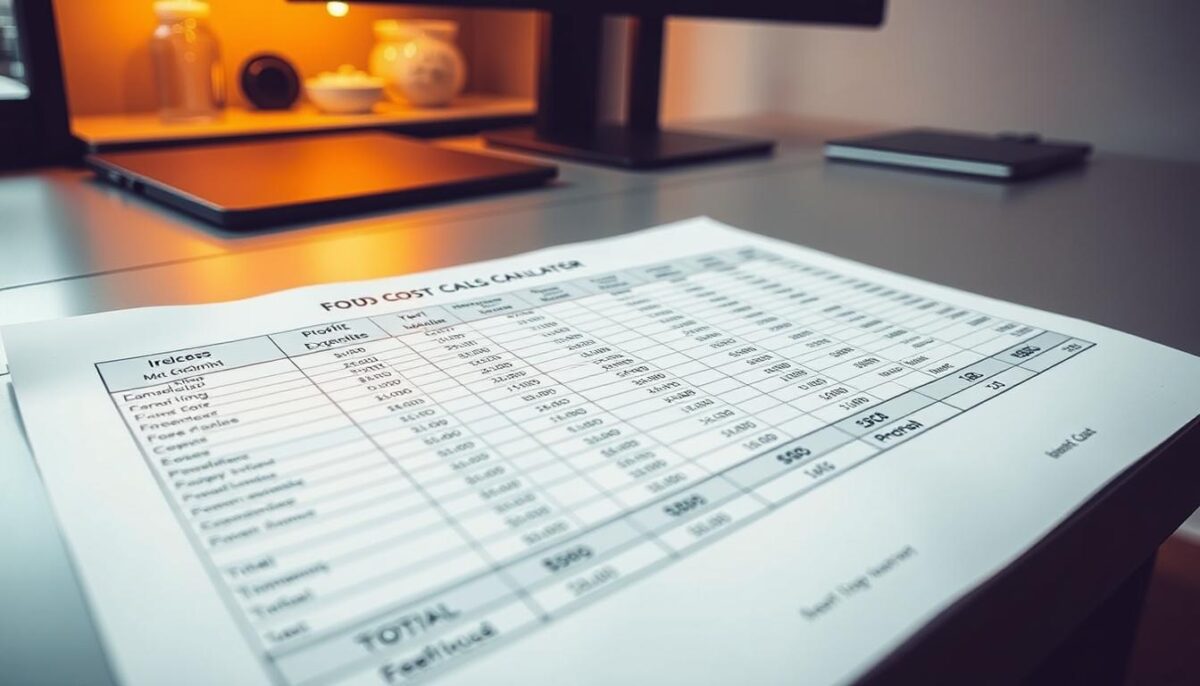
- Using the recommended selling price as a starting point and adjusting based on market conditions.
- Calculating your ideal selling price by dividing your total ingredient cost by your target food cost percentage.
- Pricing new menu items effectively using the calculator’s results.
5 Ways I Use Food Cost Calculations to Boost Restaurant Profits
Through meticulous food cost analysis, I’ve identified key areas to improve my restaurant’s bottom line. By understanding the intricacies of my menu’s profitability, I can make informed decisions to maximize profits.
Identifying High-Cost Ingredients and Finding Alternatives
I analyze my recipe information to pinpoint expensive ingredients. By finding cost-effective alternatives without compromising on quality, I can significantly reduce my food cost.
Adjusting Portion Sizes Without Affecting Quality
By tweaking portion sizes, I can maintain customer satisfaction while reducing waste and lowering my cost. This strategic adjustment helps in maintaining healthy profit margins.
Strategic Menu Engineering Based on Food Cost Data
I use food cost data to categorize my menu items into stars, puzzles, plowhorses, and dogs. This analysis enables me to strategically position high-profit items, train staff to recommend profitable dishes, and phase out unprofitable ones, ultimately enhancing my selling strategies.
| Menu Item Category | Profitability | Popularity |
|---|---|---|
| Stars | High | High |
| Puzzles | High | Low |
| Plowhorses | Low | High |
| Dogs | Low | Low |
By implementing these strategies, I have been able to optimize my menu for maximum profitability, ensuring a healthy bottom line for my restaurant.
Advanced Tips for Maximizing Menu Profitability
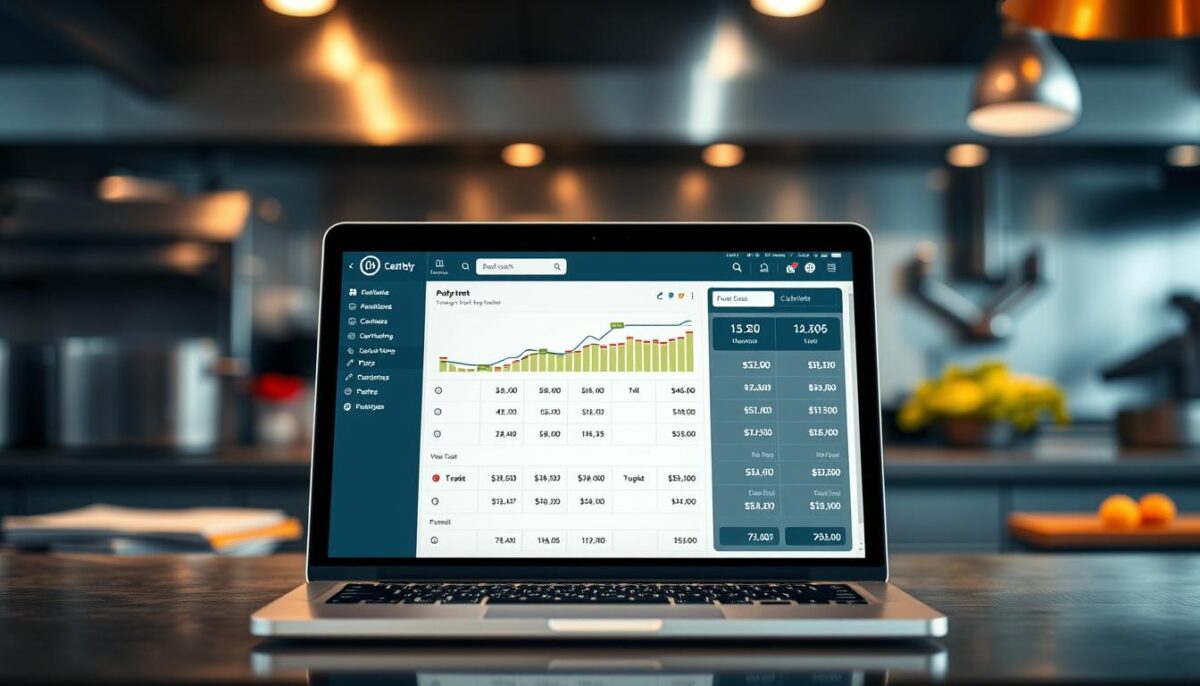
Maximizing menu profitability requires a combination of strategic pricing and cost management. To achieve this, I employ several advanced techniques that help maintain a competitive edge while ensuring healthy profit margins.
Seasonal Ingredient Planning to Control Costs
I plan my menu around seasonal ingredients to control costs and ensure freshness. This approach allows me to take advantage of lower prices for ingredients that are in season.
Using Food Cost Data to Create Profitable Specials
I use food cost data to create profitable specials that attract customers. By analyzing the data, I can identify opportunities to offer dishes that are both appealing and profitable.
Balancing High and Low Food Cost Items on Your Menu
A well-balanced menu includes a mix of high and low food cost items. I strategically balance my menu with:
- High food cost items (like premium steaks) and low food cost items (like pasta dishes) to achieve my target overall food cost percentage.
- Placing high-profit, low-cost items in prominent positions on the menu to encourage their selection.
- Pairing high food cost items with low-cost sides and accompaniments to maintain overall profitability.
- Training my servers to suggest balanced combinations that include both high and low food cost items when making recommendations.
This balancing approach allows me to offer premium items that attract customers while ensuring the overall menu maintains healthy profit margins.
Conclusion: Transform Your Restaurant’s Bottom Line with Accurate Food Costing
Transforming your restaurant’s bottom line starts with precise food cost calculations. By using a reliable food cost calculator, you can gain valuable insights into your menu’s profitability. I’ve seen firsthand how this tool can transform struggling restaurants into profitable businesses. To maximize your restaurant’s profitability, I recommend recalculating your costs quarterly or whenever ingredient prices change significantly. Start by calculating the food cost for just one menu item today, analyzing the results, and making adjustments based on what you learn. As you become more comfortable with the process, expand to your entire menu and watch your profitability improve.
FAQ
What is the ideal food cost percentage for a restaurant?
The ideal food cost percentage varies by restaurant type, but generally falls between 28% to 35%. I consider this range a good starting point to ensure profitability.
How often should I update my menu pricing using a food cost calculator?
I recommend reviewing and updating your menu pricing at least quarterly, or whenever there’s a significant change in ingredient costs or menu offerings.
Can a food cost calculator help me identify profitable menu items?
Yes, a food cost calculator can help you analyze the profitability of individual menu items, allowing you to make informed decisions about menu engineering and pricing strategies.
What factors should I consider when calculating the total cost of a dish?
When calculating the total cost of a dish, I consider ingredient costs, portion sizes, waste, and additional expenses like labor and overheads to ensure accurate pricing.
How can I use food cost data to create profitable specials and promotions?
By analyzing food cost data, I can identify opportunities to create profitable specials and promotions that drive sales while maintaining healthy profit margins.
What is the difference between actual and ideal food cost percentage?
Actual food cost percentage reflects the current cost of ingredients and menu pricing, while ideal food cost percentage is a target range that balances profitability with customer affordability.
Can a food cost calculator help me adjust portion sizes without affecting quality?
Yes, by analyzing the impact of portion size adjustments on food cost percentage, I can make data-driven decisions to optimize menu offerings without compromising quality.
